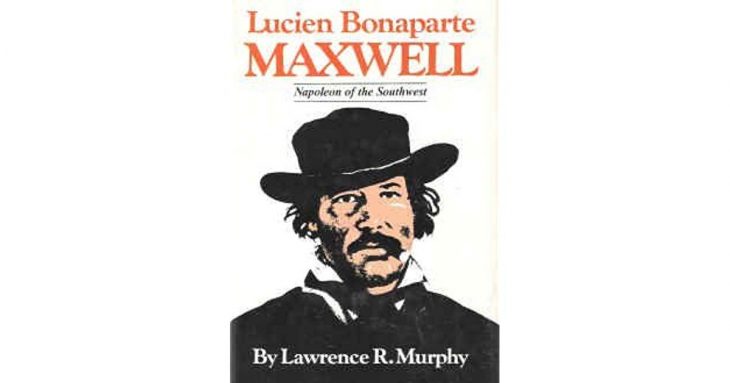
Word of the Day: Peonage
Today’s word of the day is peonage. According to www.dictionary.com, it means “the condition or service of a peon” or “the practice of holding persons in servitude or partial slavery, as to work off a debt or to serve a penal sentence.” It appears first in American English in 1848, and it comes from the word peon: “unskilled worker, 1826, from Mexican Spanish peon ‘agricultural laborer’ (especially a debtor held in servitude by his creditor), from Spanish peon ‘day laborer,’ also ‘pedestrian,’ originally ‘foot soldier,’ from Medieval Latin pedonem ‘foot soldier.’ The word entered British English earlier (c. 1600) in the sense ‘native constable, soldier, or messenger in India,’ via Portuguese peao ‘pedestrian, foot soldier, day laborer.’”
Peonage began in the 1700s in California, Arizona, New Mexico, Nevada, and Utah (I read about this here: https://www.whatitmeanstobeamerican.org/ideas/how-new-mexicos-peons-became-enslaved-to-debt/). In this system, when a poor person fell into debt to a wealthy person, the wealthy person could force the poor, indebted person to work for them (I am intentionally using the “singular they” to avoid issues of gender) until the debt was paid off. However, instead of the debt being paid off after a set period of time, as in the case of indentured servitude, peons were tied to their service until the debt was paid off. Unfortunately, the master could manipulate the interest rate and payoff of the debt so that the debt could never be paid off. Not only that, but the debt was transferable into the next generation so that the children of the debtor would also be required to work for free.
The Roman Catholic Church, which dominated Spain and all its American colonies, contributed to this form of slavery by charging for its services—baptisms, weddings, funerals—and forcing poor people to borrow from wealthy landowners in order to pay for these services. The debt was then used to force the poor person into peonage.
Peonage was not racial. More often than not, the masters and the servants were identical in race, language, and religion. The only difference was in economic status—the masters were all wealthy landowners.
In 1848, at the end of the Mexican-American War (or the Intervención Estadounidense en México [United States Intervention in Mexico]), the USA took possession of the northern territories of Alta California and Santa Fe de Nuevo México. Along with the territories, the USA inherited the system of peonage that existed in those territories, especially in New Mexico. One example of this system was the hacienda of Lucien Bonaparte Maxwell, a hunter and frontiersman, a friend of Kit Carson, and a discoverer of gold who married the daughter of a wealthy Mexican. After the end of the Mexican-American War, Maxwell became the landowner of his father-in-law’s vast estate. At one point Maxwell owned 1.7 million acres of land. And he couldn’t possibly have managed to work all that land without the benefit of his peons. As Americans traveled through New Mexico, they could see the similarity of the peonage system to the chattel slavery system of the American South.
The result of comparison was that abolitionists who opposed chattel slavery also took up the gauntlet cast at their feet by the peonage system. “Newspaper editorialists informed readers that the institution resembled the South’s chattel slavery. ‘It applies to all colors, shades and complexions, from the pure white to the sooty African,’ wrote one New Yorker. ‘The creditor has as much command over the labor of the debtor, as the Southern slaveholder has over that of the negro.’
“Similar comparisons arose in Congress, where one northerner gave a speech proclaiming that New Mexico’s peons ‘are in a worse condition of slavery than our negroes, and would be happy to change places with them’” (https://www.whatitmeanstobeamerican.org/ideas/how-new-mexicos-peons-became-enslaved-to-debt/).
On this date in 1867, the US Congress outlawed peonage through the Peonage Abolition Act. The “Act declares that holding any person to service or labor under the peonage system is unlawful and forever prohibited. It defines peonage as the ‘voluntary or involuntary service or labor of any persons . . . in liquidation of any debt or obligation’” (https://en.wikipedia.org/wiki/Peonage_Act_of_1867). However, it took years for the practice to come to an end, and some people argue that it is still in effect, particularly in California, where immigrants, especially undocumented immigrants, are forced into labor and even prostitution to pay off debts.
Of course, the USA is not the only place where such peonage exists. Bonded servitude exists throughout the world, by some estimates as many as 20 million people so enslaved. Such bonded servitude goes against universal understandings of human rights, and yet it is hard to eradicate.
Then again, some argue that a government that takes on trillions of dollars of debt in the name of its citizens is forcing those same citizens, and forcing the children and grandchildren of those citizens, into a kind of peonage until that debt is paid off, which it may never be. Further, homeowners in the United States never really own their own property because they are forever indebted to local and state governments in the form of property taxes, which also can never be completely paid off.
Of course, most American taxpayers don’t think of themselves as bonded servants. They are in a far better condition than the peons of New Mexico in the 1800s. They are not required to pay large sums of money for baptisms, weddings, and funerals.
But are we here talking about a difference in kind or just a difference in degree. Perhaps someday peonage of all kinds will be completely abolished among human kind.
The picture is of the cover of Lawrence Murphy’s book Lucien Bonaparte Maxwell: Napoleon of the Southwest, an appropriate title for a man who believed that he could own people.